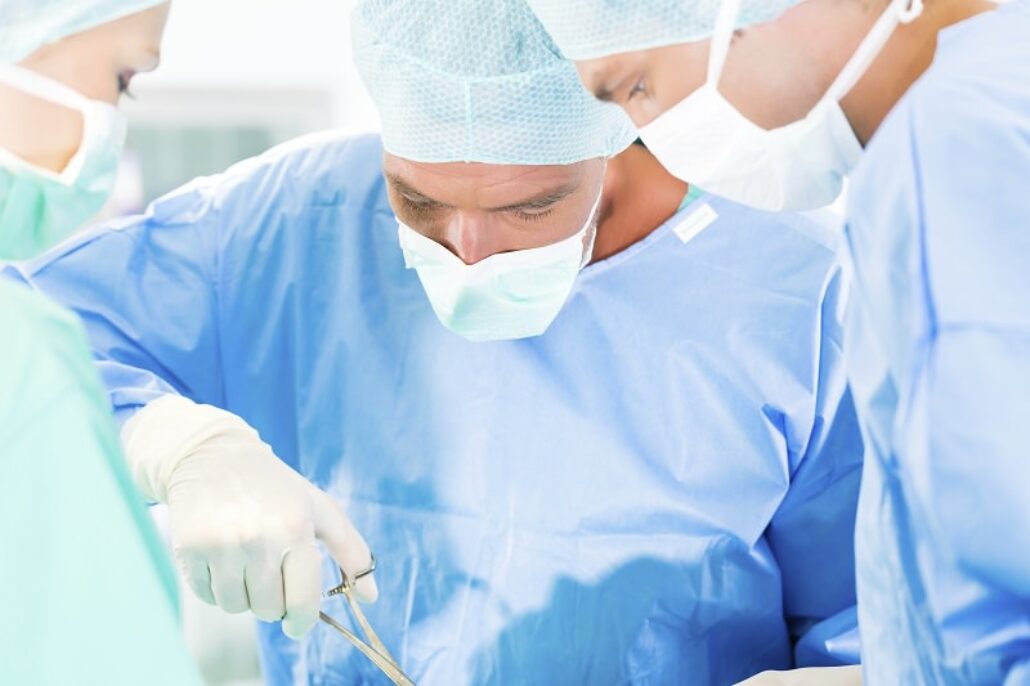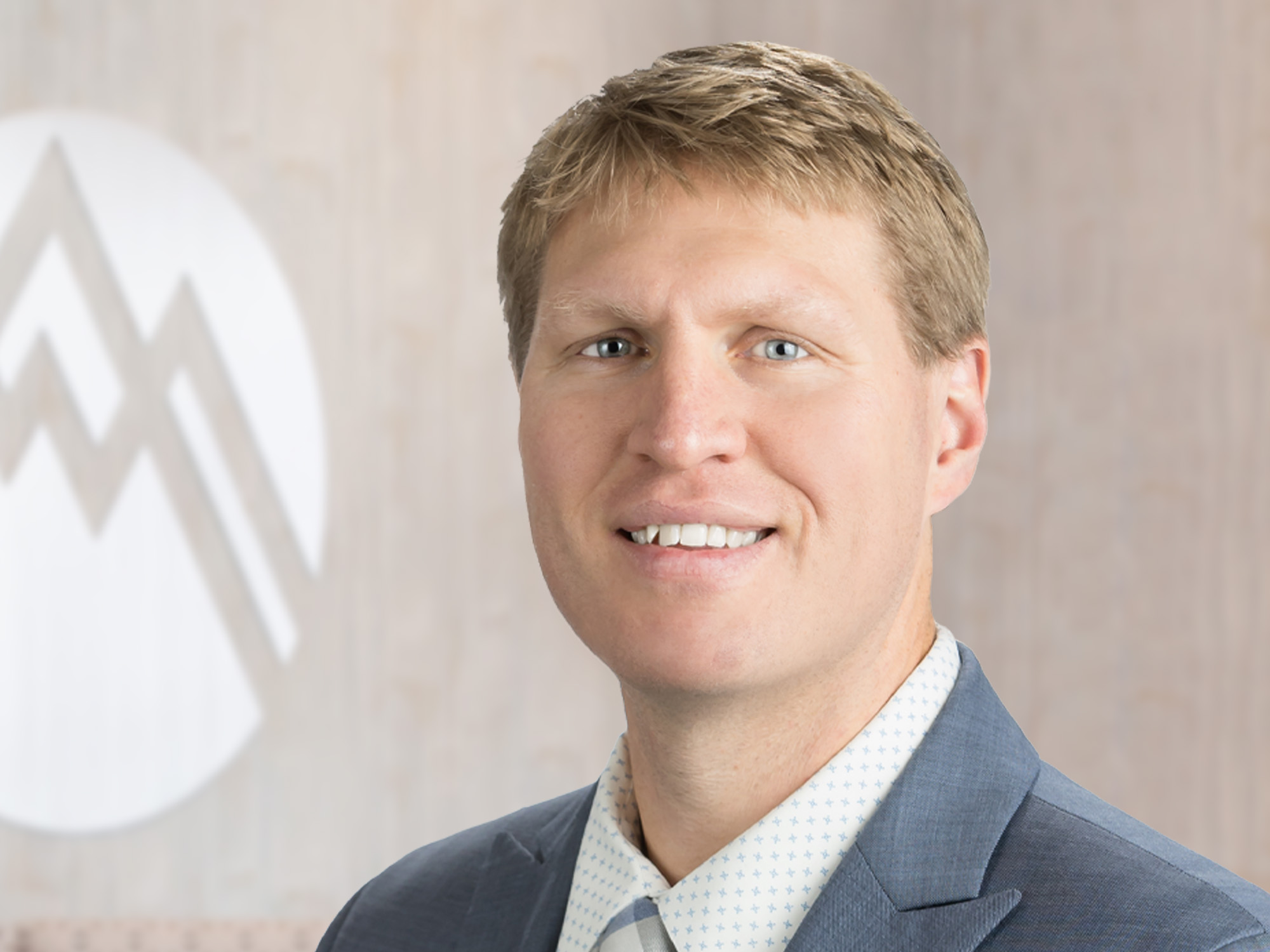We explain how this minimally invasive procedure is performed, and the diagnostic and surgical advantages it offers.
The word “arthroscopy” comes from two Greek words: “arthro,” which means “joint”, and “skopein,” which means “to look.” The term encompasses the power of this surgical procedure to look within a joint.
The diagnosis of a joint injury or joint disease begins with a thorough medical history, and physical examination. Additional imaging tests may be necessary, including X-rays, magnetic resonance imaging (MRI) or computed tomography (CT).
Injuries and disease can damage bones, cartilage, ligaments, muscles, and tendons. Arthroscopy can be used to examine a joint, and to guide a surgical procedure to repair the damage found.
Arthroscopic examination
To perform an arthroscopic examination, an orthopedic surgeon makes a small incision in the patient’s skin, and inserts pencil-sized instruments containing a small lens and a fiber optics lighting system to magnify and illuminate the structures within the joint. The instrument containing the fiber optics is called an arthroscope.
The arthroscope is attached to a miniature television camera. This camera enables the surgeon to see the interior of the joint, displayed on a television screen. By viewing the image on the screen, the surgeon can evaluate the cartilage and ligaments of the joint, determine the extent of the injury, and make a surgical recommendation as necessary.
Arthroscopic procedures are a valuable tool for all orthopedic patients. Because these are minimally invasive procedures, they are generally easier on the patient. Arthroscopic evaluations and surgeries are performed as outpatient procedures, and patients return home within hours of an arthroscopic examination or surgery. The small incisions heal within a matter of days, and dressings can usually be removed the day after the procedure. However, it is important to remember that each patient’s arthroscopic procedure is unique to that person, and recover time will vary accordingly.
At Summit Orthopedics, expertise with arthroscopic procedures is part of our ongoing commitment to serve our patients with the most advanced technology and treatments available.
Summit Orthopedics offers comprehensive sports medicine expertise
From Olympians to pro athletes to kids in youth sports and those that just want to be more active—Summit Orthopedics delivers expert care by fellowship-trained sports medicine physicians. If you are recently injured or concerned about ongoing pain, Summit Orthopedics sports medicine specialists have the expertise to evaluate your discomfort and develop a plan to quickly and safely help you get back to being active.
Start your journey to stronger, healthier athletic condition. Find your sports medicine expert, request an appointment online, or call us at (651) 968–5201 to schedule a sports medicine consultation.
Summit has convenient locations across the Minneapolis-St. Paul metro area, serving Minnesota and western Wisconsin. We have state-of-the-art centers for comprehensive orthopedic care in Eagan, MN, Vadnais Heights, MN, Plymouth, MN, and Woodbury, MN, as well as several additional community clinics.

